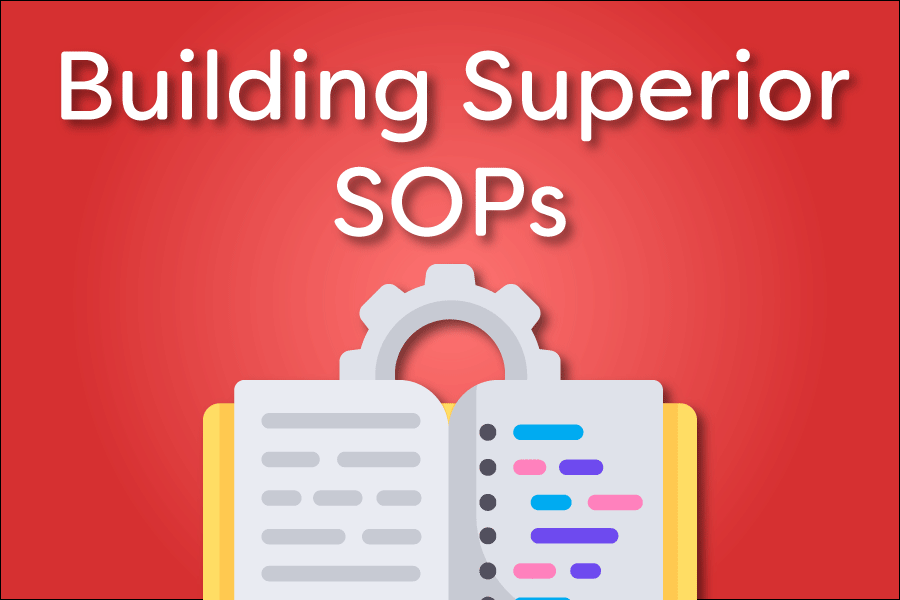Are your SOPs useful? Standard Operating Procedures may seem like a rather mundane topic. Everyone needs them and many, if not most, already have them in place, yet they continue to be an issue during inspections and accreditation.
To help combat weak SOPs and get you better prepared, we’ve put together a list of tips to help ensure your SOPs are solid.
1. Each SOP Should Focus on One Subject Only
If you design your policies and procedures to cover every possible scenario, it can become so challenging to find anything within them that they become useless. Sometimes more is less. But don’t take this too literally. We’ve seen pharmacists in the past with a single SOP for all of sterile compounding. Yet, it’s unlikely that such an SOP on its own could cover everything in the world of sterile compounding. It can be extremely difficult to find the necessary details in something that tries to be all-inclusive.
We recommend tackling each subject one at a time, making sure each process is covered in its own SOP. Thus, the “sterile compounding” section can be further divided into parts like “gowning and garbing,” “training,” and “handwashing” among others. Dividing the subjects forces you to see each piece on its own and will make it easier to tell if it makes sense and will help ensure that nothing gets left out.
2. Write the SOP for You, Not for Your Regulator
It’s crucial for your SOP manual to be a tool, a set of instructions for you and your staff to turn to for guidance. Ideally, it is an instruction manual for operating your pharmacy. When you’re creating or redesigning your manual, you want to keep that in mind and slim down wherever possible – making sure to keep things intuitive and easy to find.
That being said, of course you need to make sure you’re thorough as well. It’s all about finding that balance between level of detail and usability.
3. Make Steps Logical for Actual Use
One of the most useful tools for making sure your SOPs are logical and aren’t missing anything is to devote some time to actually act out the steps listed within it. This ensures that you and your staff fully understand the process. You want to leave no room for questions.
In many cases, we see SOPs that say something needs to be done, but do not specifically say how to do it. By acting out the steps, you’re also making sure there are no gaps in the process outlined in the manual. It’s a great way to make sure that even the most water-tight SOP on paper translates into the real world. Of course, at a minimum, you still want to be sure that everything is up to requirement, adding your own custom details when necessary.
4. Avoid Vague Terminology
To truly ensure that your policies and procedures are clear and simple to follow, avoid using terms that have no defined meaning. Some examples of terms include “use the appropriate” or “the usual.”
Oftentimes this happens without the SOP developer even realizing it. A term may make sense to the pharmacist at the time of writing the SOP, but there’s a disconnect when the staff tries to follow along. Be specific and define everything in each step, so that your manual has all the information needed to execute the task.
Follow these tips, and your SOPs should be able to take on anything that comes their way.
Chinese Proverb: “The best time to plant a tree was 20 years ago. The second best time is now.” With the FDA scrutinizing pharmacists, don’t be caught waiting for tomorrow to redesign your SOPs.
Gates Healthcare Associates – Because Compounding Doesn’t Have to be Complicated


